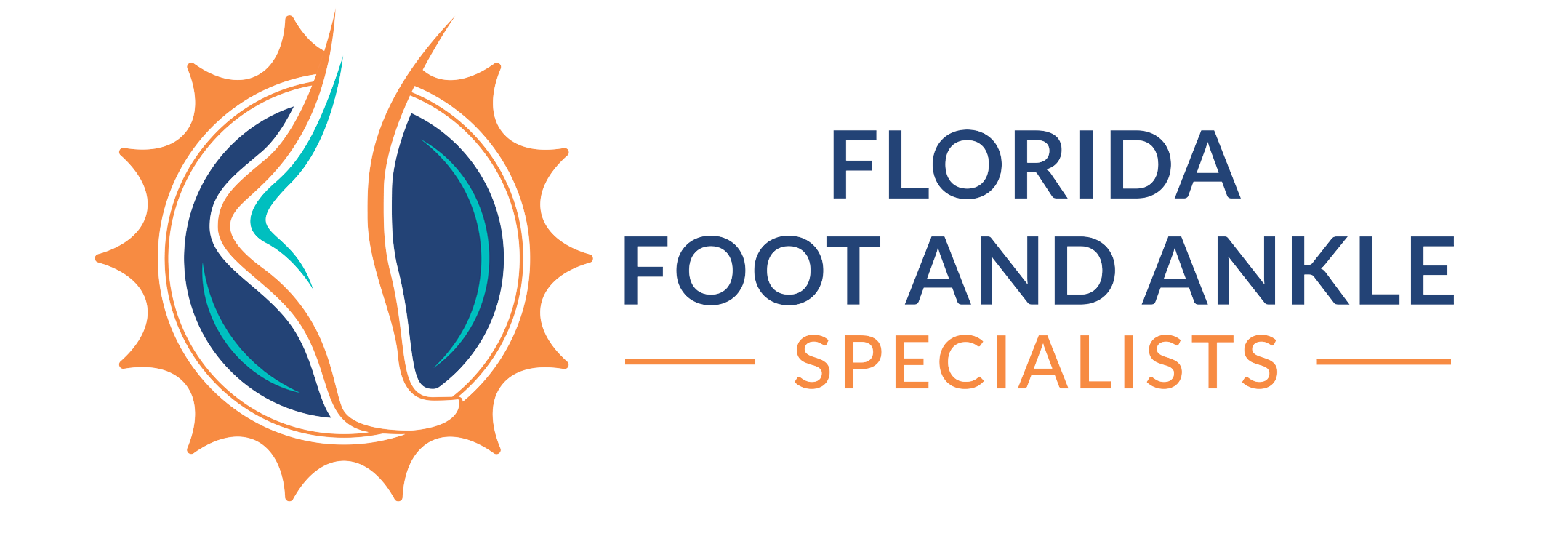Understanding and Addressing Flat Feet in Children
Flat feet, a common condition among children, can cause concern for parents who want to ensure their child’s comfort and proper development. This condition, medically known as “pes planus,” refers to the absence of an arch in the foot. The overall prevalence rate of flat feet in children is approximately 1-75% and while often a normal part of early childhood development, some instances of flat feet may require attention from a specialist. By understanding the signs, causes, and treatment options, parents can help their children walk, run, and play pain-free.
What Are Flat Feet?
Flat feet occur when the arch of the foot either doesn’t develop or collapses, causing the entire sole to rest flat on the ground. This condition can be categorized into two main types:
- Flexible Flatfoot: The most common type, where the arch is visible when the child’s foot is not bearing weight (e.g., while sitting) but flattens out when they stand.
- Rigid Flatfoot: A less common and more serious form, where the arch is absent in all positions, even when the foot isn’t weight-bearing. This type is often linked to underlying structural or medical issues and requires more extensive evaluation and care.
Understanding which type of flatfoot your child has is crucial for determining whether interventions are needed and what treatments may be most effective.
Why Are Flat Feet Common in Children?
It is entirely normal for infants and toddlers to have flat feet when learning to walk. At birth, the arch of the foot isn’t fully formed and is often masked by a fatty pad in the sole of the foot. Over time, most children’s arches develop naturally by the age of 10.
Flat feet in young children are often a result of ligamentous laxity, or loose ligaments, which allow the foot to collapse inward with weight-bearing. This is a natural part of growth and doesn’t usually cause discomfort. However, if flat feet persist or lead to symptoms like pain, difficulty walking, or discomfort during physical activity, it’s important to seek the expertise of a podiatrist specializing in pediatric care.
Signs and Symptoms of Flat Feet
While many children with flat feet experience no pain, others may develop symptoms that interfere with their daily activities. Parents should watch for these signs of symptomatic flat feet:
- Pain or discomfort along the inner side of the foot or back of the heel
- Difficulty performing physical activities like running, jumping, or prolonged walking
- Fatigue or aching in the legs and feet after regular activity
- Gait abnormalities, such as noticeable inward rolling of the ankles while walking
- Pain in other areas, such as the knees, hips, or lower back, due to poor alignment
If your child has any of these symptoms, a more detailed evaluation by a foot and ankle specialist can help determine the underlying cause and appropriate treatment options.
The Examination Process
A typical examination includes:
- Visual Inspection: Evaluating how your child’s foot looks while standing and sitting.
- Gait Analysis: Observing your child’s walking pattern to identify any abnormalities in movement.
- Heel Rise Test: Assessing whether the arch reappears when your child stands on their toes, which helps distinguish between flexible and rigid flatfoot.
- X-Rays: Imaging studies may be ordered to check for structural issues or abnormalities in the bones and joints.
- Posterior Calf Flexibility Test: Measuring the flexibility of the calf muscles, as tightness in this area can contribute to foot problems.
This comprehensive approach ensures that no detail is overlooked, allowing specialists to customize a treatment plan tailored to your child’s unique needs.
Treatment Options for Flat Feet
Fortunately, flat feet can often be successfully managed with non-invasive treatments. The goal of treatment is to improve your child’s comfort, promote healthy foot development, and address any symptoms that may interfere with their quality of life. Common treatment options include:
1. Custom Orthotics
Custom orthotics are specially designed shoe inserts that provide support to the arch and correct abnormal foot mechanics. They can reduce pain, improve function, and prevent long-term complications by evenly distributing pressure across the foot.
2. Stretching and Strengthening Exercises
Simple exercises can go a long way in loosening tight tendons and muscles while strengthening the foot’s supporting structures. For example, calf stretches can improve flexibility, while toe-gripping exercises build muscle strength.
3. Physical Therapy
Physical therapy can help improve balance, stability, and posture while strengthening weaker muscles. Therapists also focus on enhancing proprioception (awareness of body position), which can improve overall movement patterns.
4. Activity and Shoe Modifications
Encouraging participation in low-impact activities and selecting supportive footwear can alleviate foot pain. Shoes with proper arch support, a stable heel, and shock absorption can make a significant difference for children with flat feet.
5. Anti-inflammatory Treatments
If your child experiences significant pain or swelling, over-the-counter anti-inflammatory medications or a topical treatment may provide relief. Always consult a professional before administering any medication.
6. Surgical Intervention (Rare)
Surgery is considered only for severe or rigid flatfoot cases that do not respond to conservative treatments. This is often a last resort and typically involves reconstructing the arch or correcting deformities.
Final Thoughts
Flat feet in children are common and often harmless, but for some, they can cause discomfort or interfere with daily activities. By recognizing the signs and knowing when to seek help, parents can give their children the tools they need to grow confidently on solid footing. If you suspect your child has flat feet, don’t wait—consult a specialist today to take the first step toward lasting relief.

